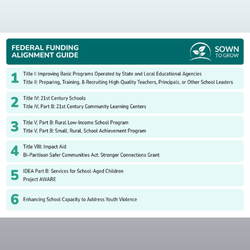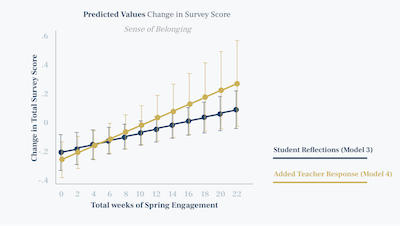How and Why We Use AI at Sown To Grow (2025 Edition)

.png)
Five years ago, I wrote about how and why we use AI at Sown To Grow (STG). Some things haven’t changed at all, and some things couldn’t be more different. Both AI and STG are at very different stages now, and as the Director of Data Science & Machine Learning at Sown To Grow, it feels like the right time to share how and why we use AI today.
With great power comes great responsibility
In 2019, the philosophy ‘With great power comes great responsibility’ drove our ethical and mindful process of building machine learning at Sown To Grow. That belief matters more than ever today.
Now, chatbots like ChatGPT are often people’s first encounter with artificial intelligence, and have become nearly synonymous with “AI.” ChatGPT can write passages and answer questions in a voice that sounds eerily human. This is exciting to some, unsettling to others. For most, it is both.
But AI didn’t begin with chatbots and won’t end with them. ChatGPT is a shiny new tool in the toolbox that has been quietly at work for years: rerouting your GPS to avoid traffic, unlocking phones with facial recognition, recommending shows & music you might like, and flagging suspicious credit card charges, among other things.
Large language models (LLMs) like ChatGPT are AI’s most visible examples today, but are far from the whole story - and they’re not flawless. They make mistakes, reflect bias, and can sound confident even when they’re wrong.
At STG, we don’t chase trending technologies. Instead, we ask a simple question that has guided our mission from the beginning: Does this make a real difference for educators and students?
Why We Use AI at STG

Our mission is to help every student feel seen, supported, and able to learn at their best. We partner with schools to strengthen students’ social, emotional, and academic well-being through easy and engaging reflective check-ins, and responsive support from teachers and admin.
AI plays an important role in this work - not as a replacement for educators, but as a tool that allows them to focus their time on real human connection and support.
In practice, that means:
- Teachers get clear insight into individual student needs and experiences, so they can respond more effectively.
- School and district leaders get tools to better support teachers and students alike.
- Students feel heard and understood, consistently, week after week.
For us, AI is a way to help make sure no student slips through the cracks, even when school life gets hectic.
What’s Changed Since 2019?
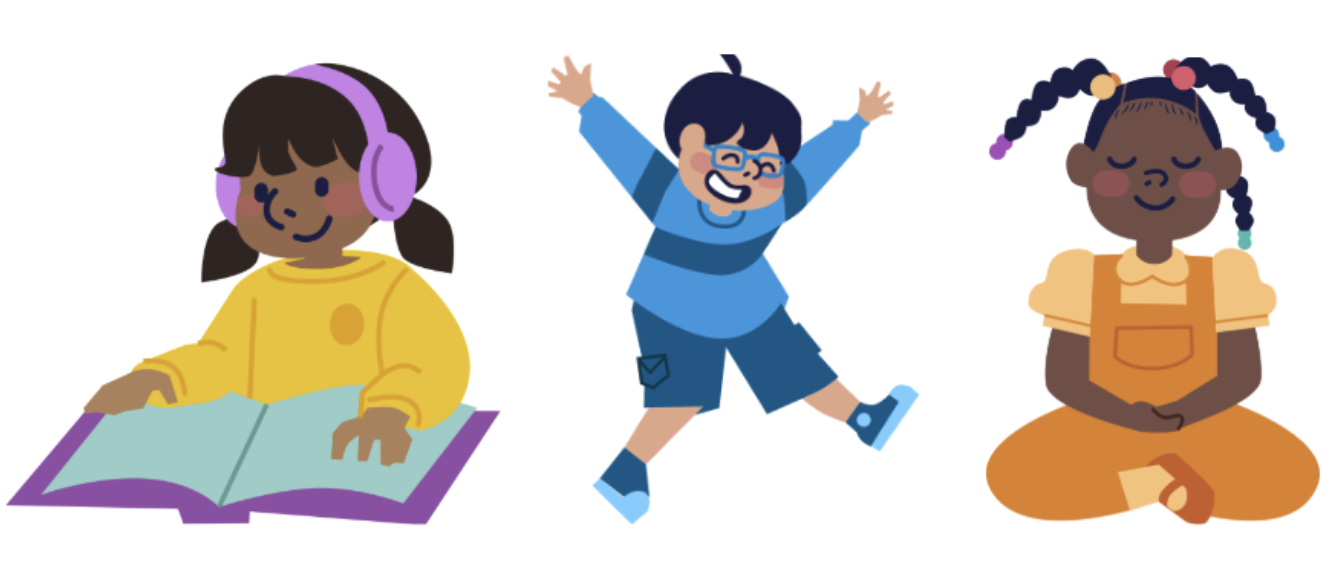
One of the biggest shifts since I last wrote was the COVID-19 pandemic, where it became increasingly clear that students' social-emotional wellbeing deeply impacts how they learn.
In response to this need, over the past six years we’ve incorporated AI in multiple ways to strengthen student-teacher connection and school support systems:
- Flag student reflections with language pertaining to self-harm, high stress, or severe anxiety through our real-time alerts system that helps educators enlist support
- Identify common themes in student reflections (sleep, friends, family, school).
- Suggest starting-point responses for teachers based on themes and emojis.
- Develop student teacher connection algorithms (with NSF funding) that track student self-disclosure, reflection depth, and teacher response patterns - helping strengthen relationships over time. Read more here!
A simple but powerful truth motivates all this work: strong, trusting relationships between students and educators drive student success.
How We Build AI at Sown To Grow, and How Our Ethos is Evolving
Our objective has never been to rush shiny new features out the door. Instead, it’s a thoughtful, step-by-step process that balances rigor, research, and real classroom impact. Over the years, Sown To Grow’s original ‘guardrails’ for how we put AI into practice have evolved into the following deeper set of principles today:
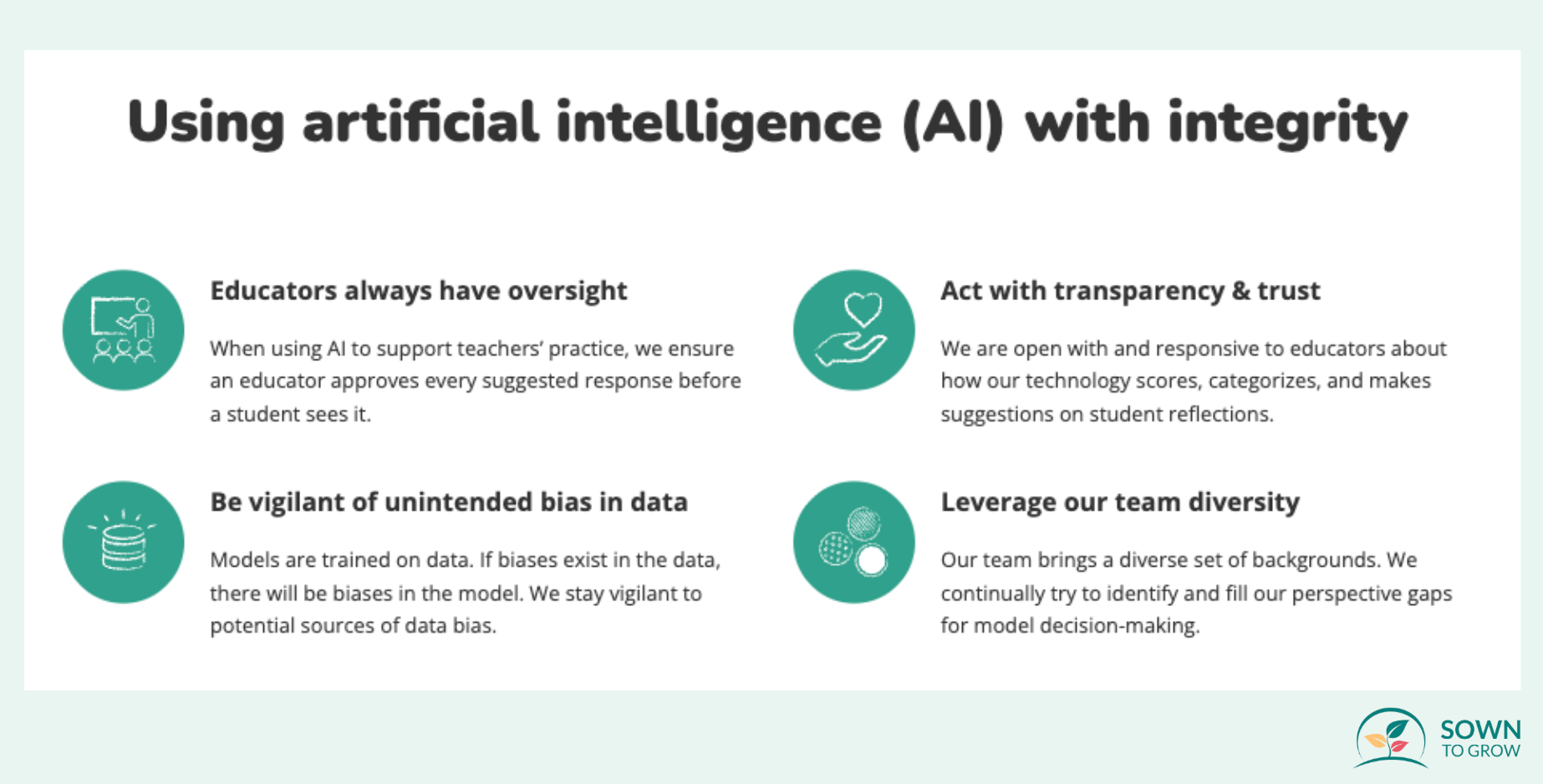
Our ethos also guides our team into a structured project lifecycle whenever we research, develop, and deploy new models.
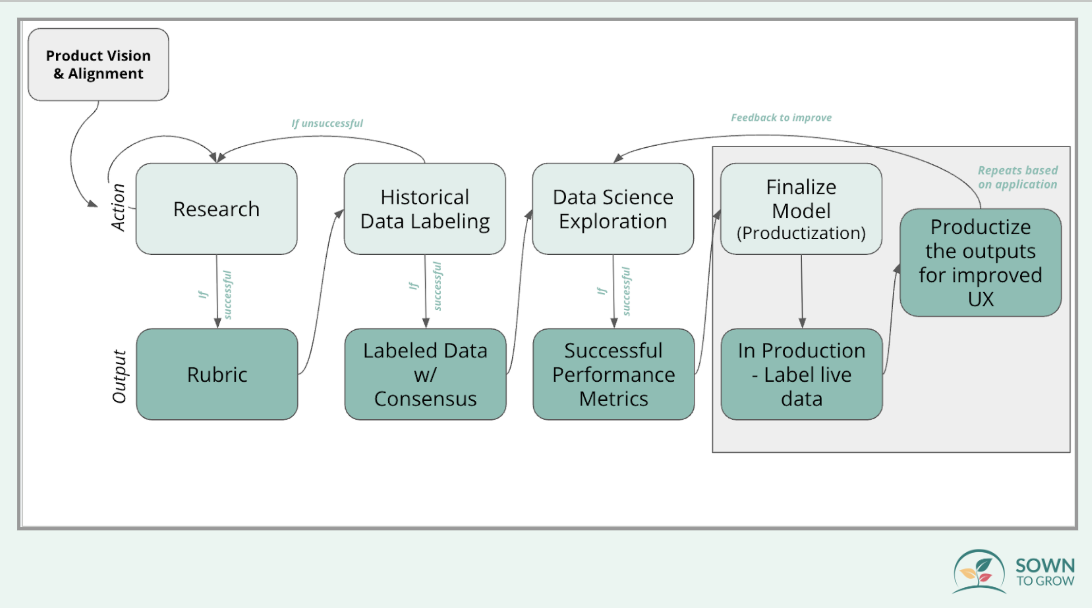
As shown above, each exploratory project on student reflections and teacher responses moves through a series of intentional stages:
- Start with a clear product vision
- Ground ourselves in pedagogy and research
- Work with industry experts and partners
- Build shared rubrics
- Carefully label historical data
From there, our data science team explores model approaches, tests for performance, and only then finalizes models for production use. The insights generated are then woven into educator-facing tools, always with feedback loops in place to refine and improve along the way.
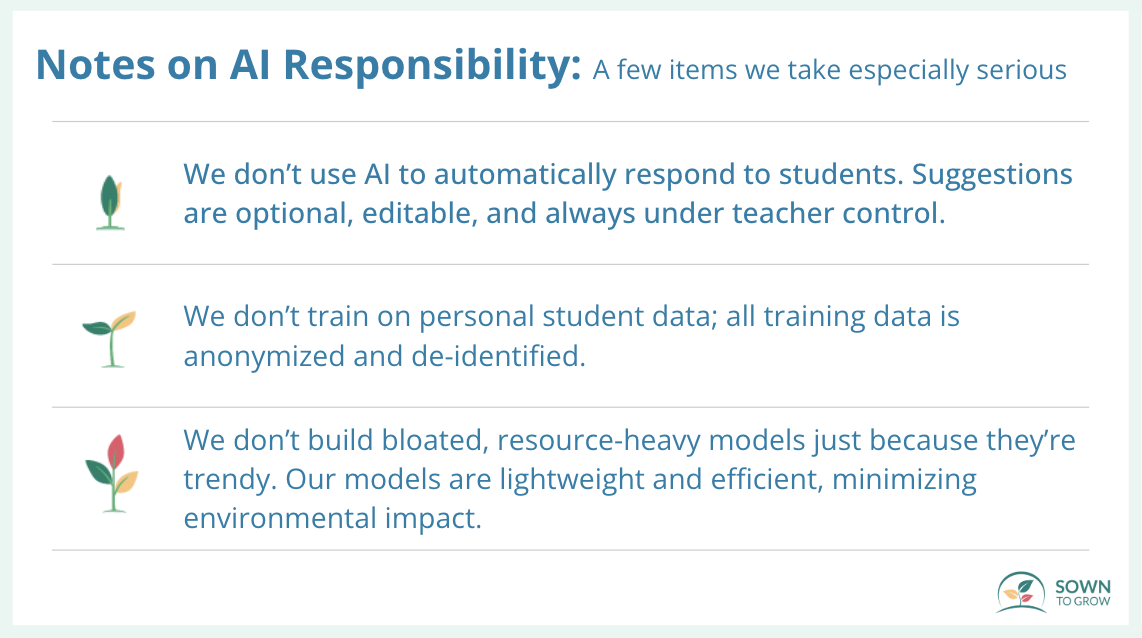
Looking Ahead
Sown To Grow continues to explore advanced technology solutions to improve student support in school. For example, we’re experimenting with tools that:
- Help teachers prioritize which students to respond to first if they are short on time
- Identify critical MTSS Tier 2 categories to provide more proactive, targeted support
As we continue these developments, we wrestle with language: should we even call what we do “AI”? Or is it more accurate to say machine learning, natural language processing, or simply advanced technologies? Words matter, especially when it comes to working with students.
We have always co-designed with educators, and we invite you to share your perspective on how we talk about technology in a way that reflects the care and intention our schools deserve.
Whatever we call it, our focus will remain the same: 1) Prioritize sustainability over flash; 2) protect student well-being and privacy above all else; and 3) build tools that genuinely serve students and educators.




.png)
.png)
.png)
